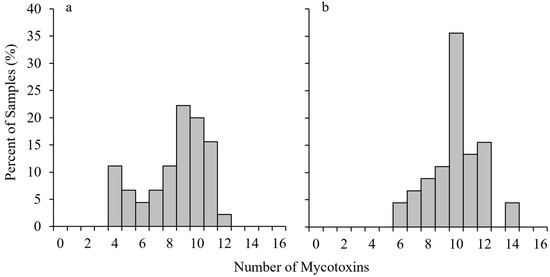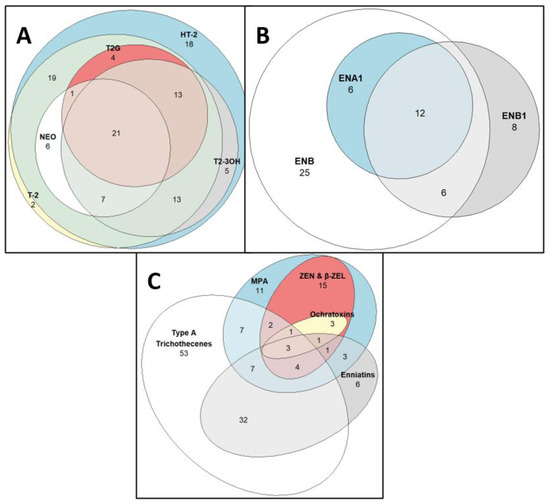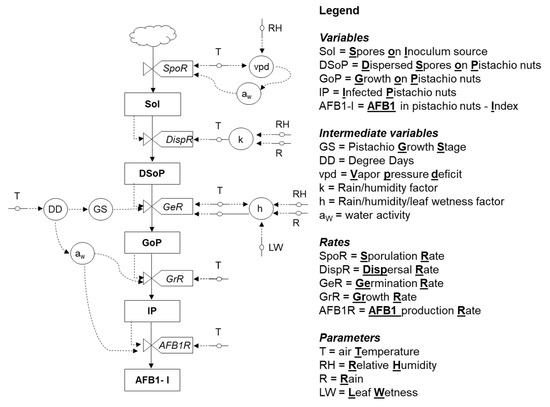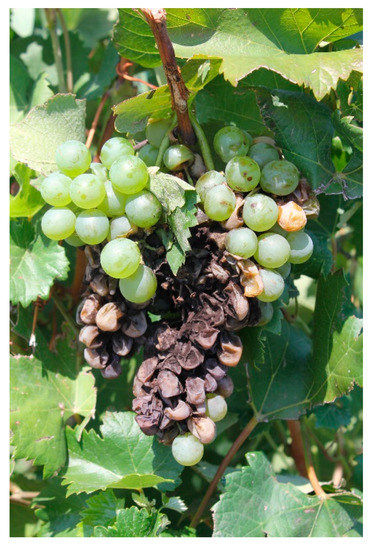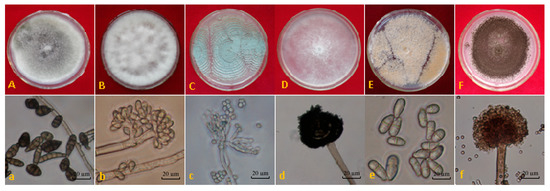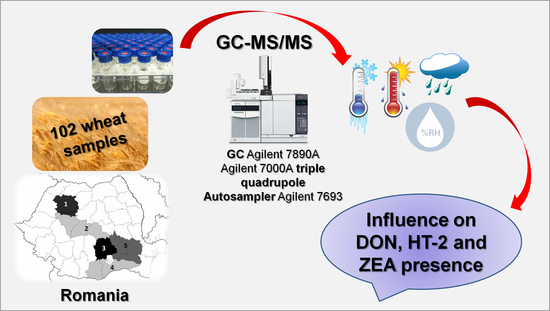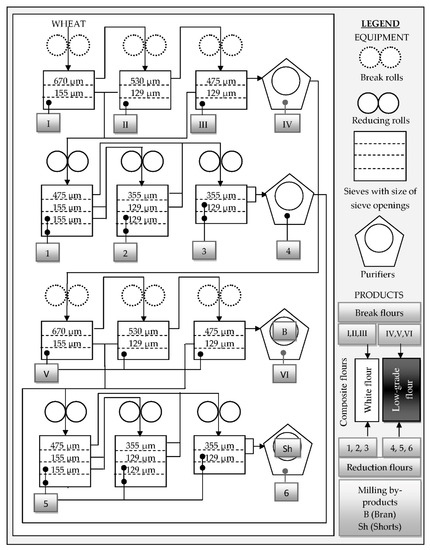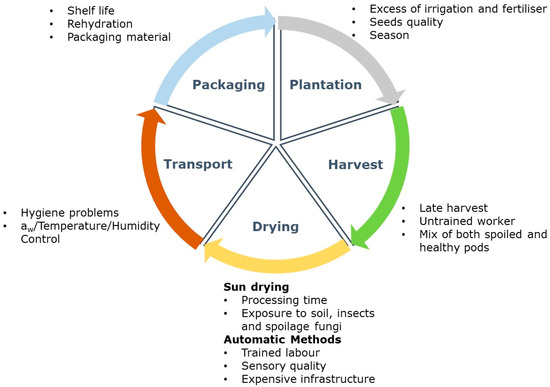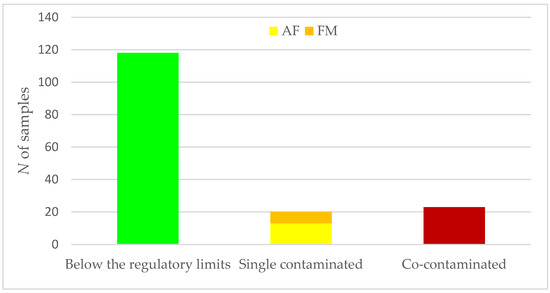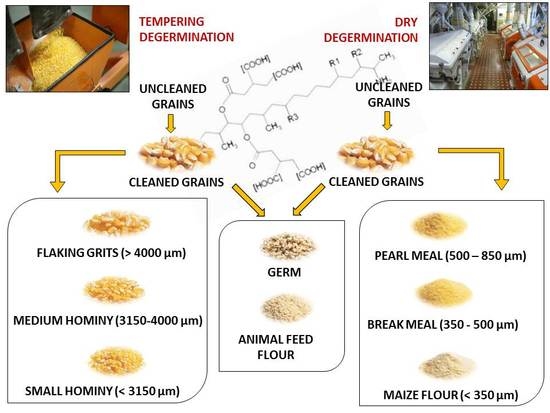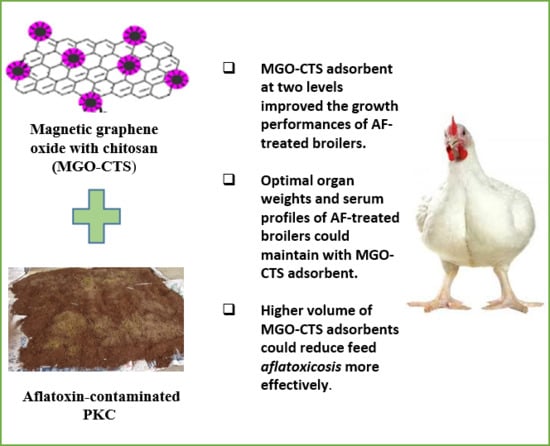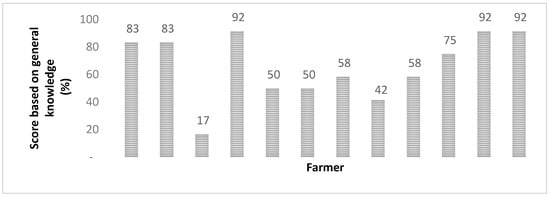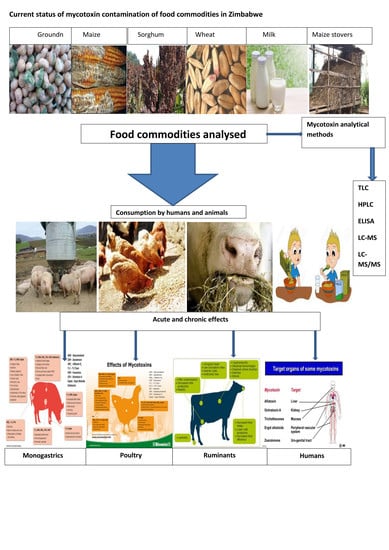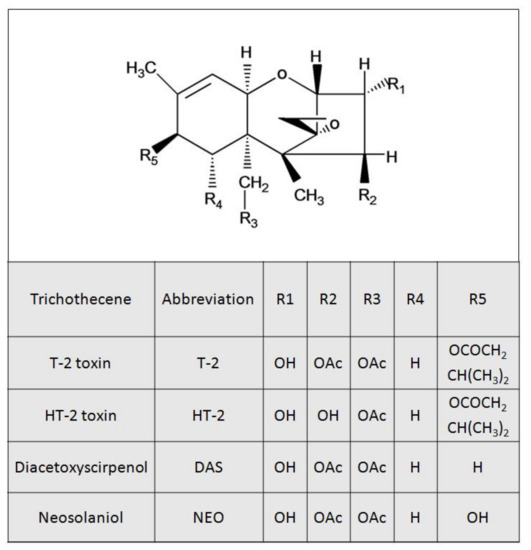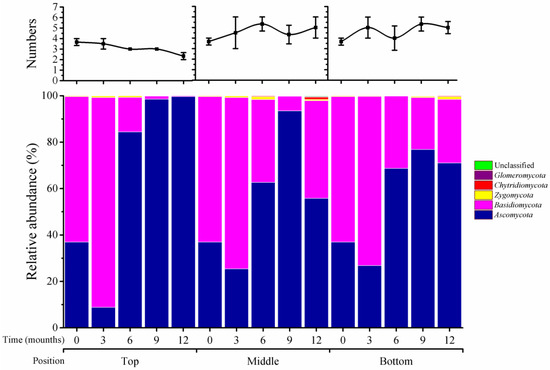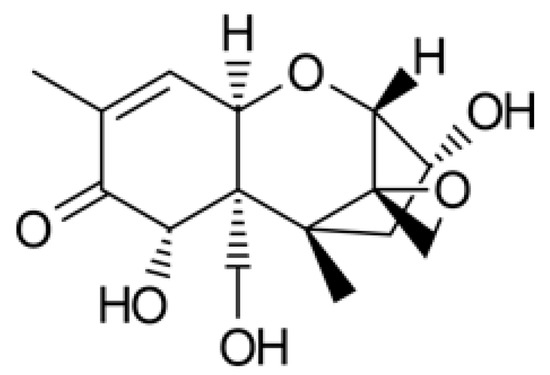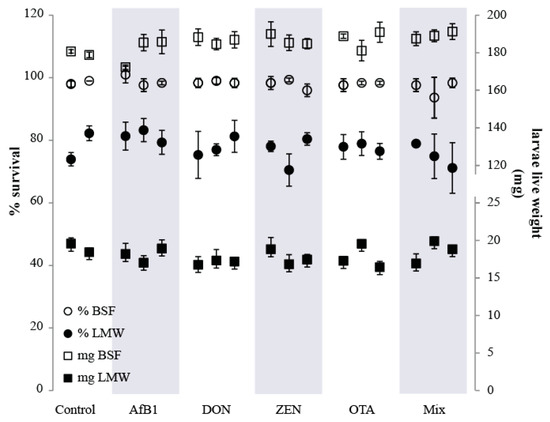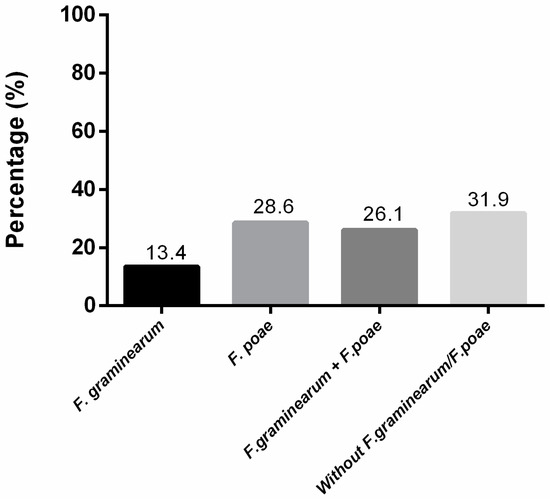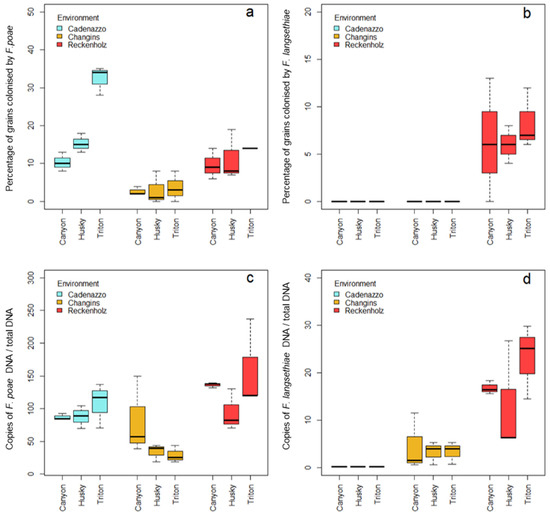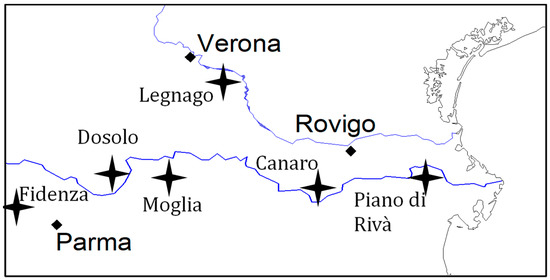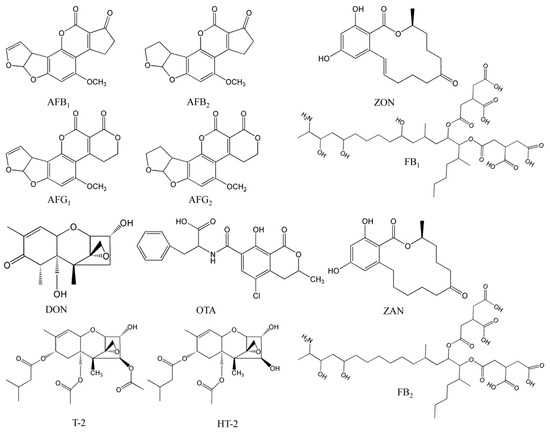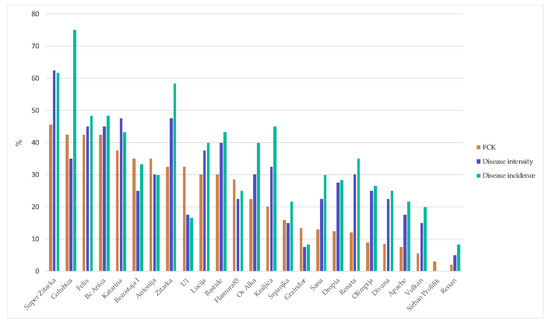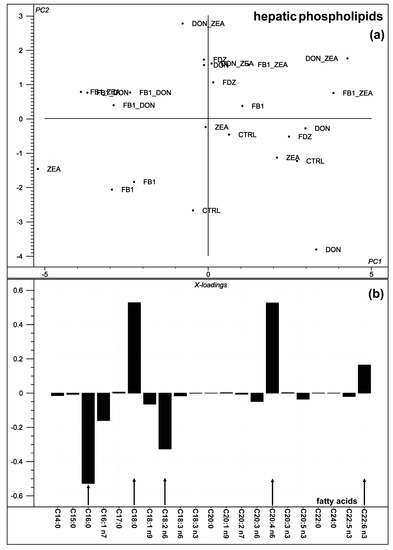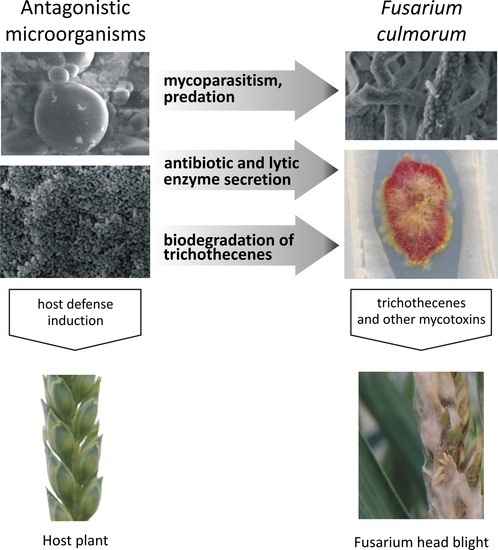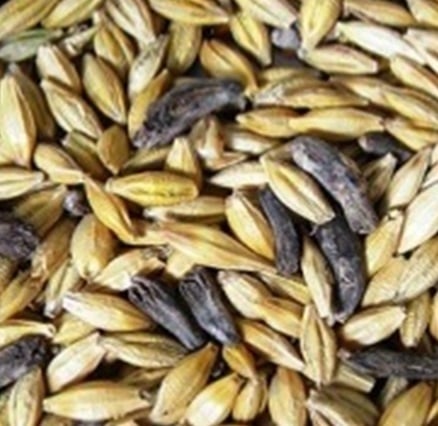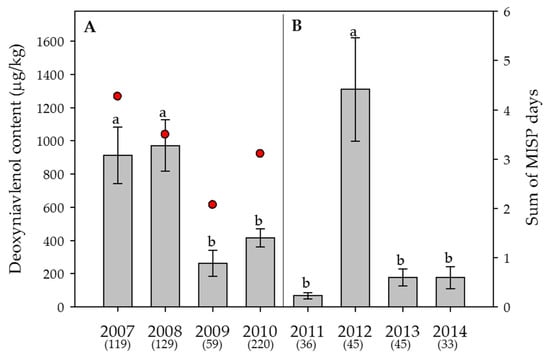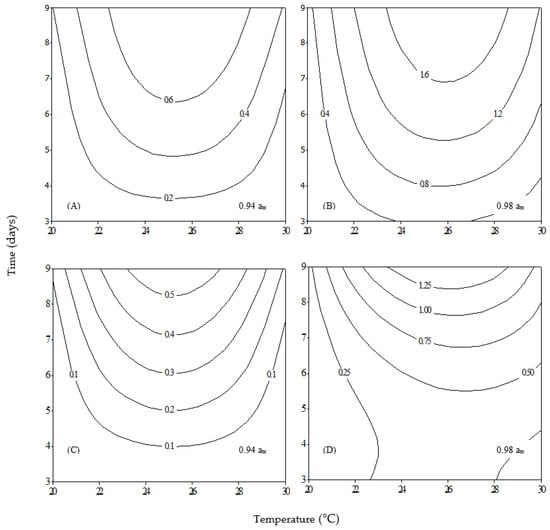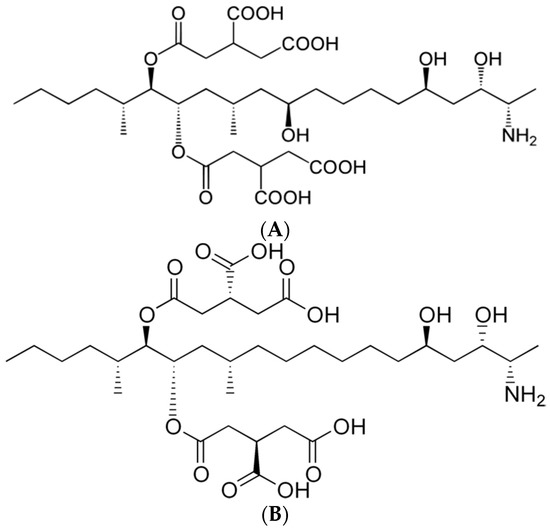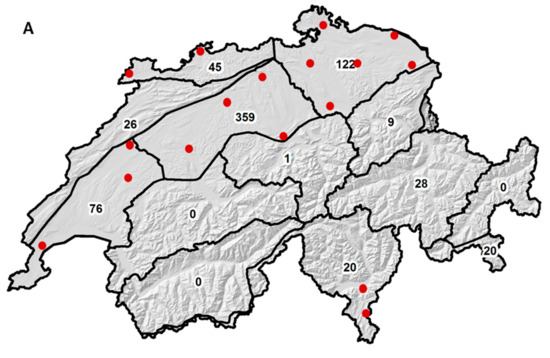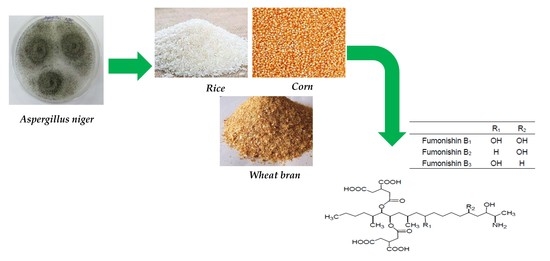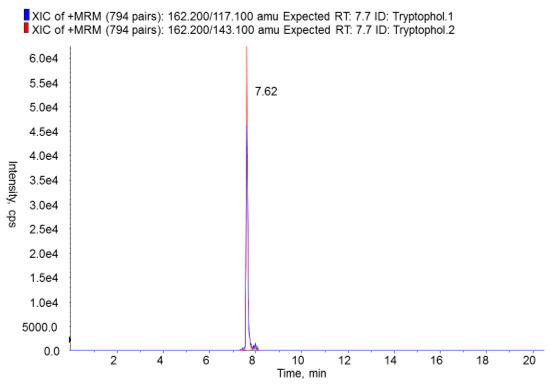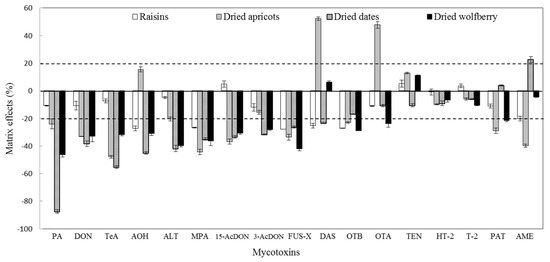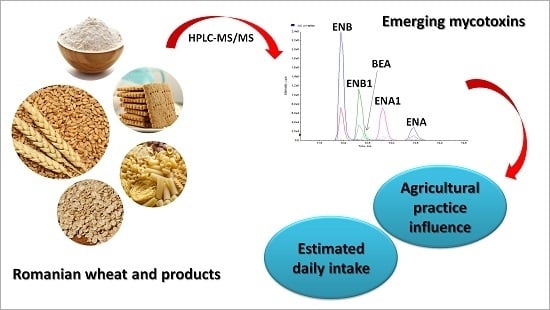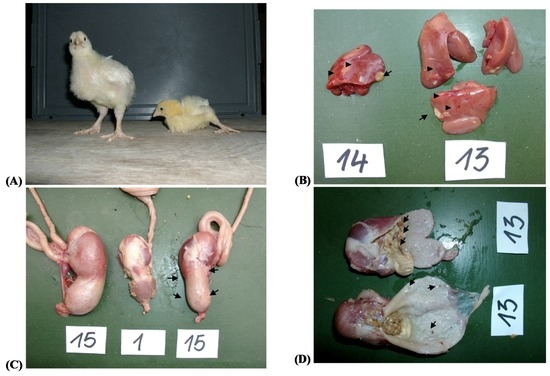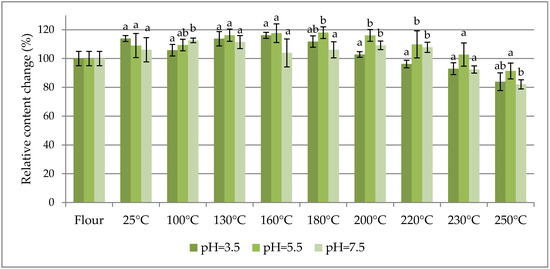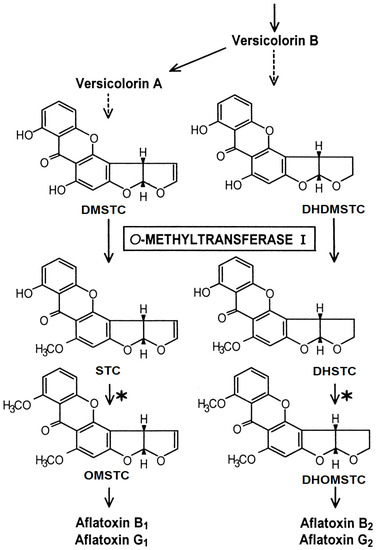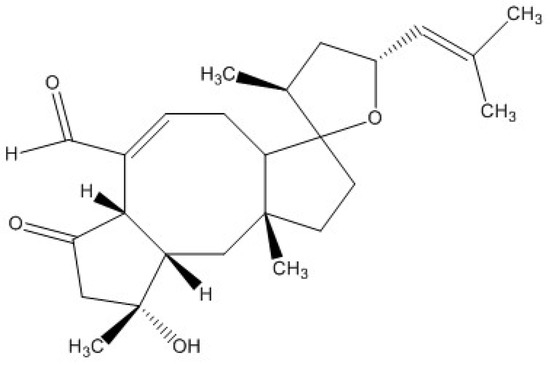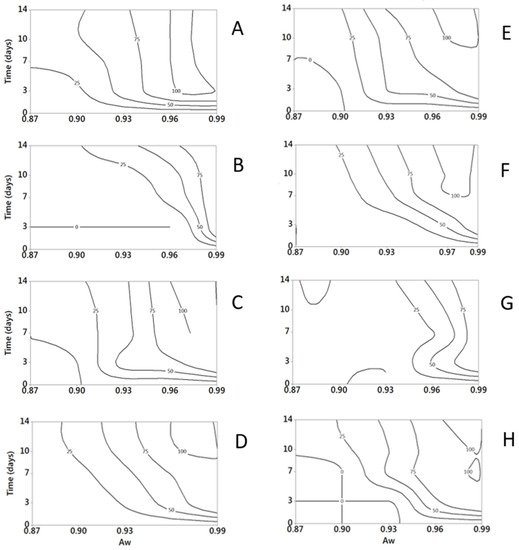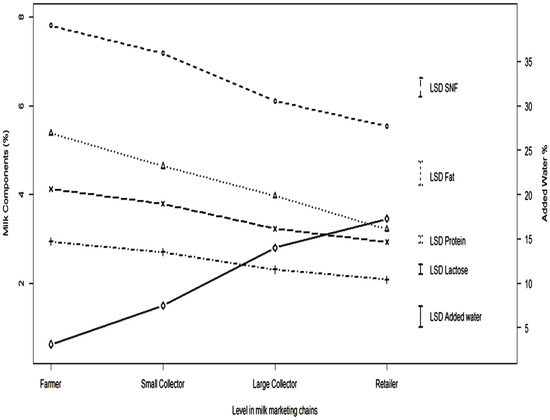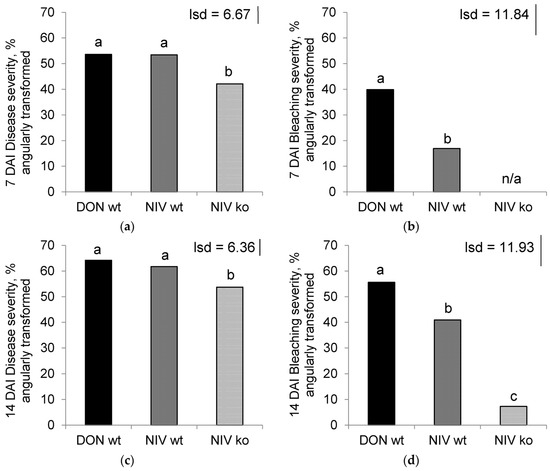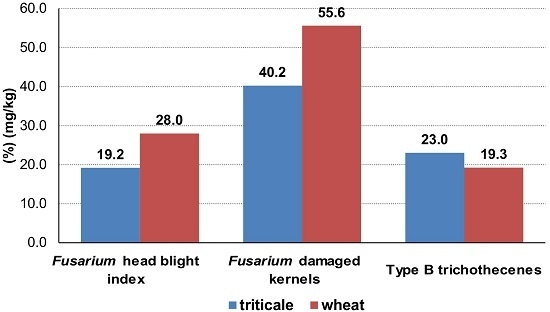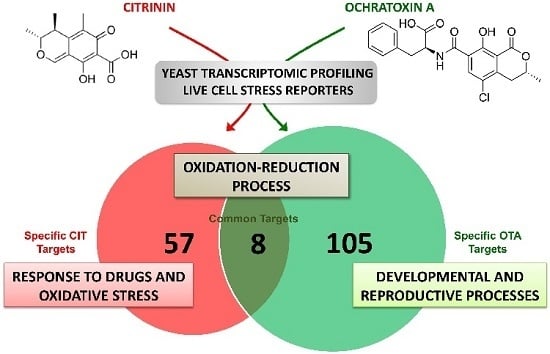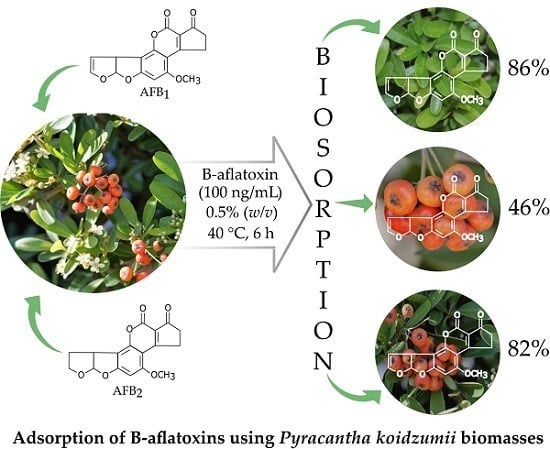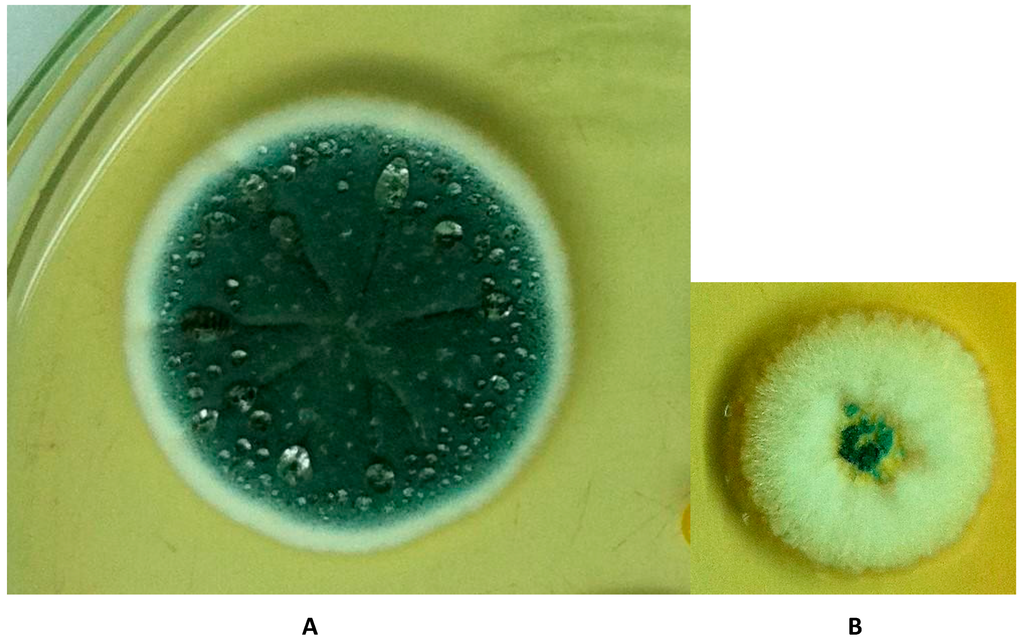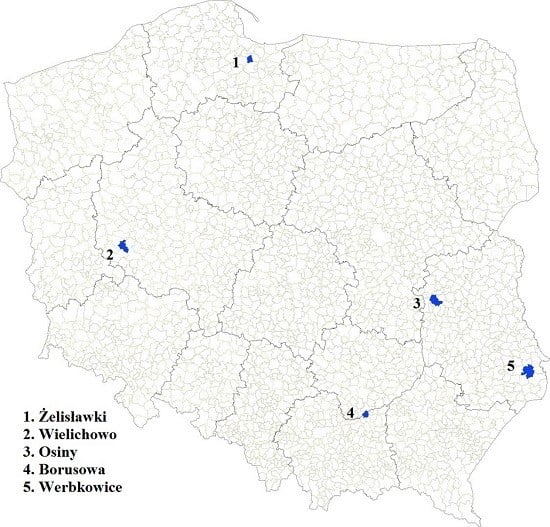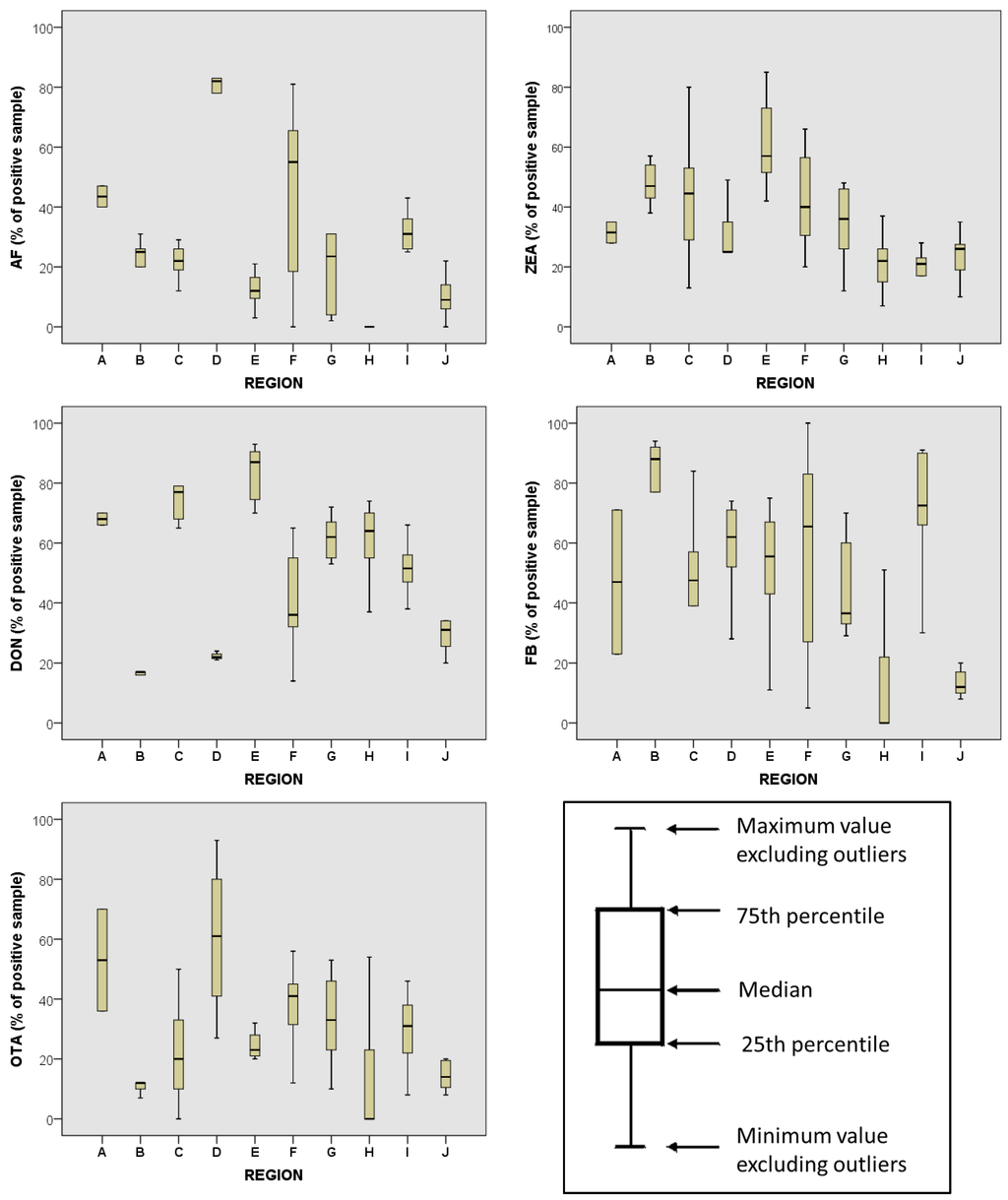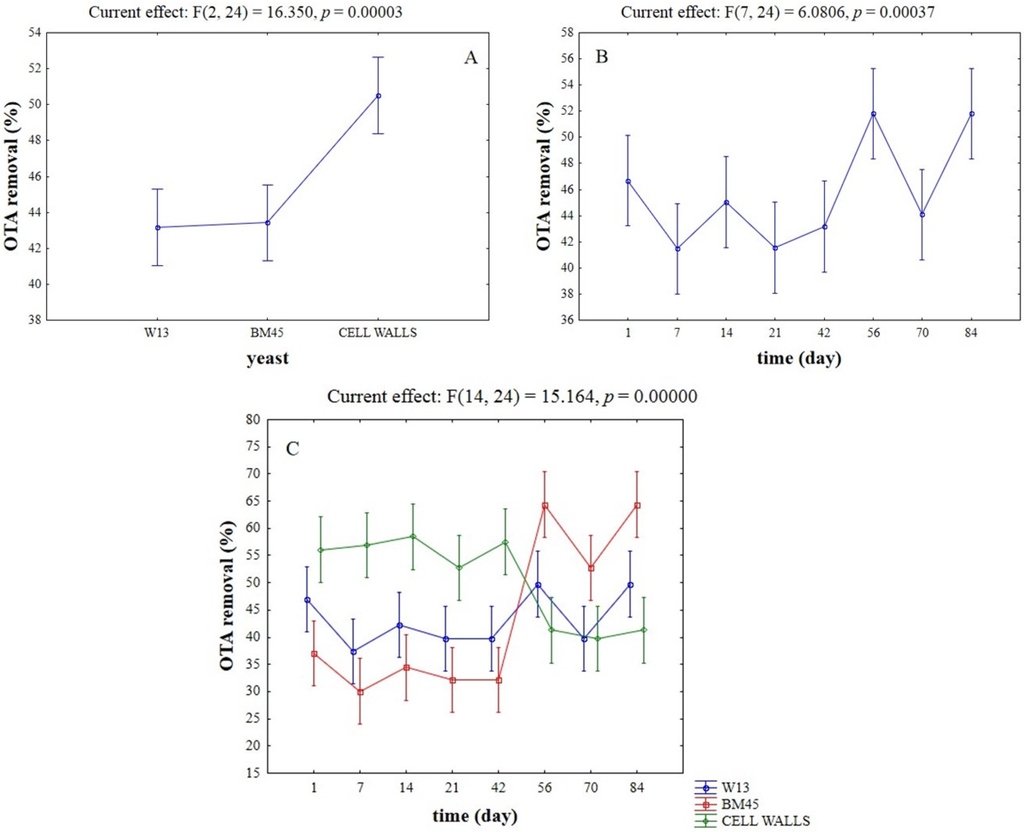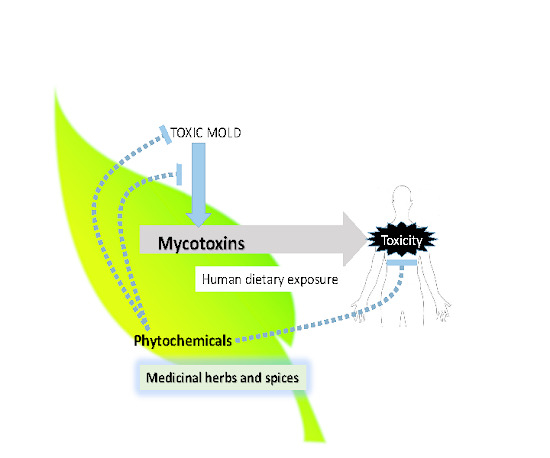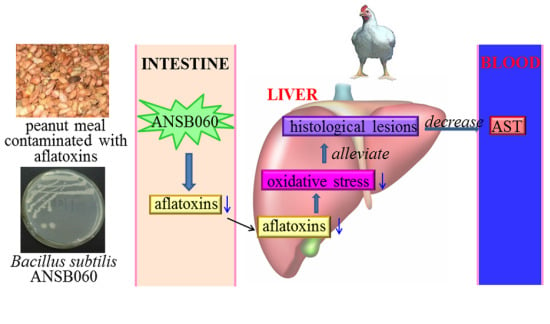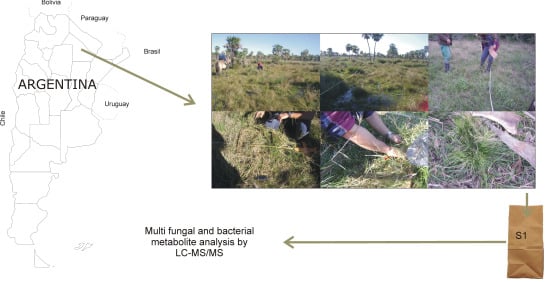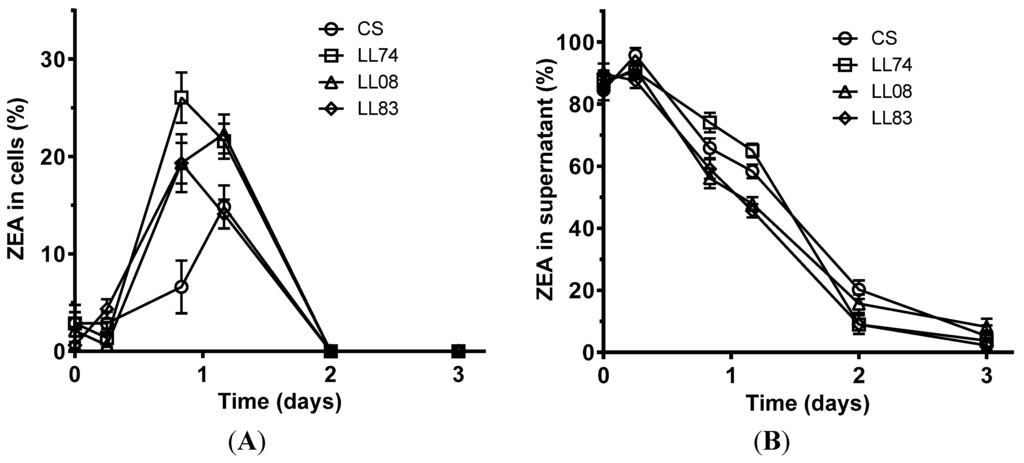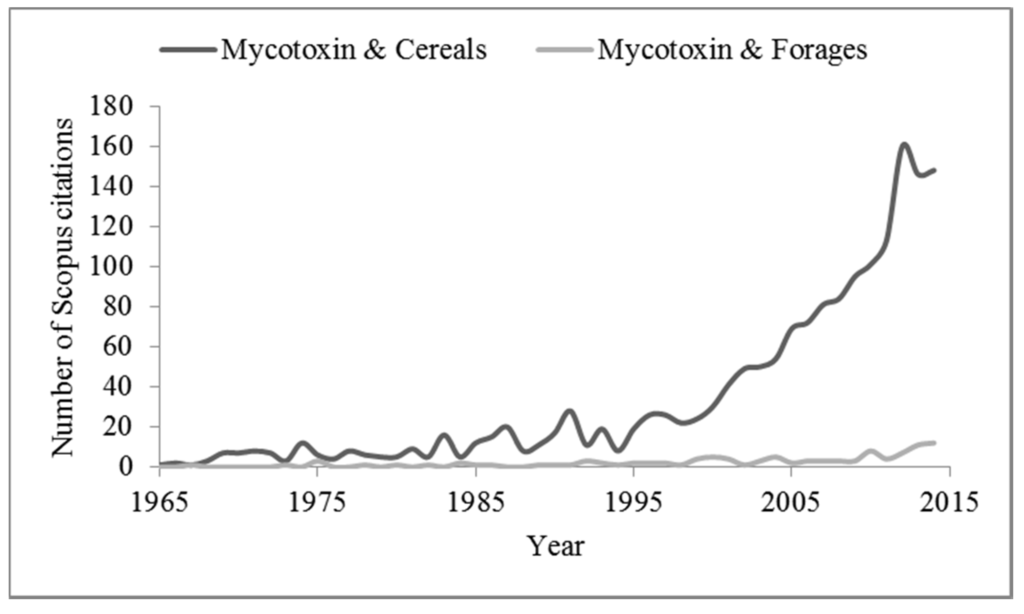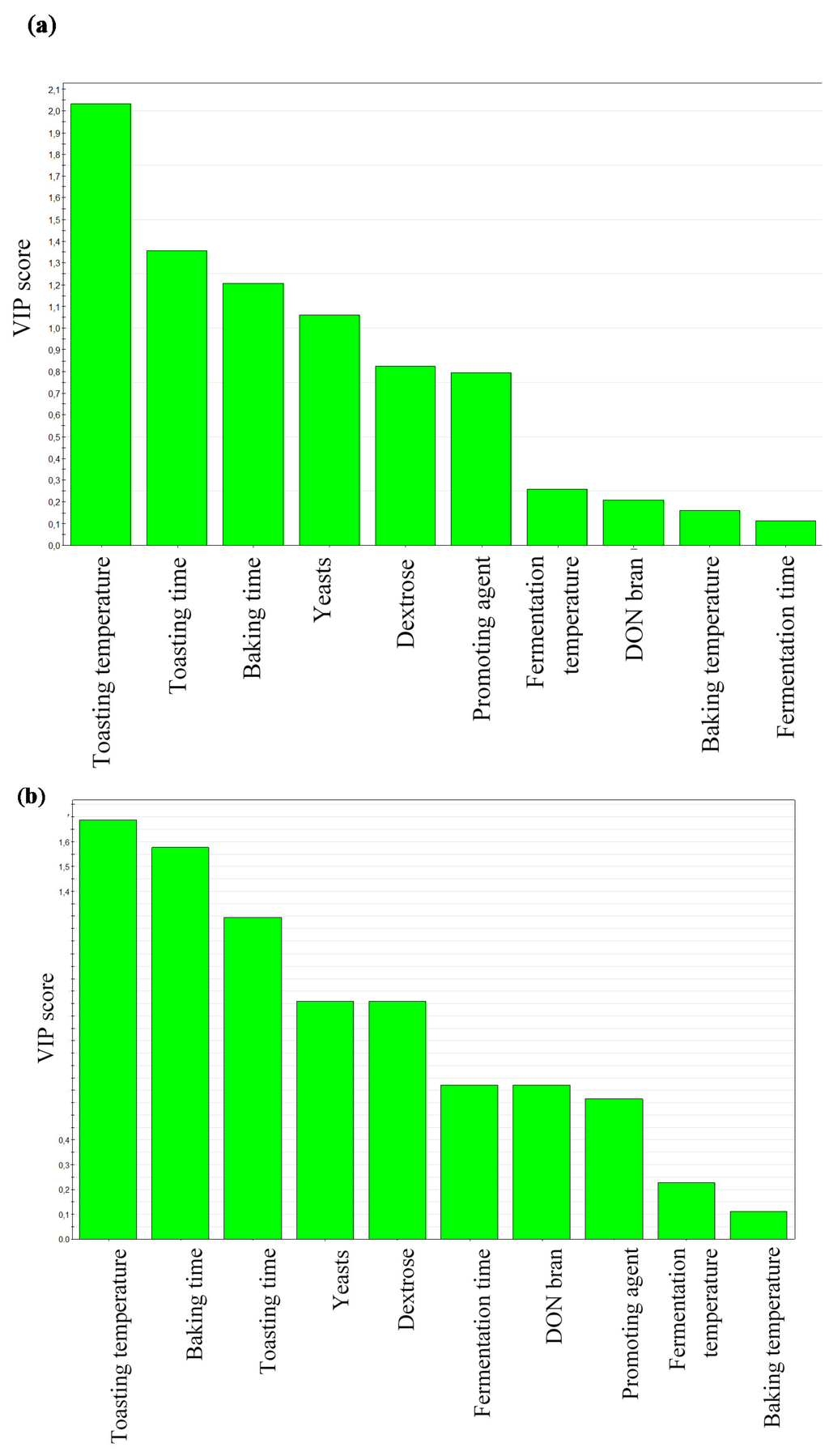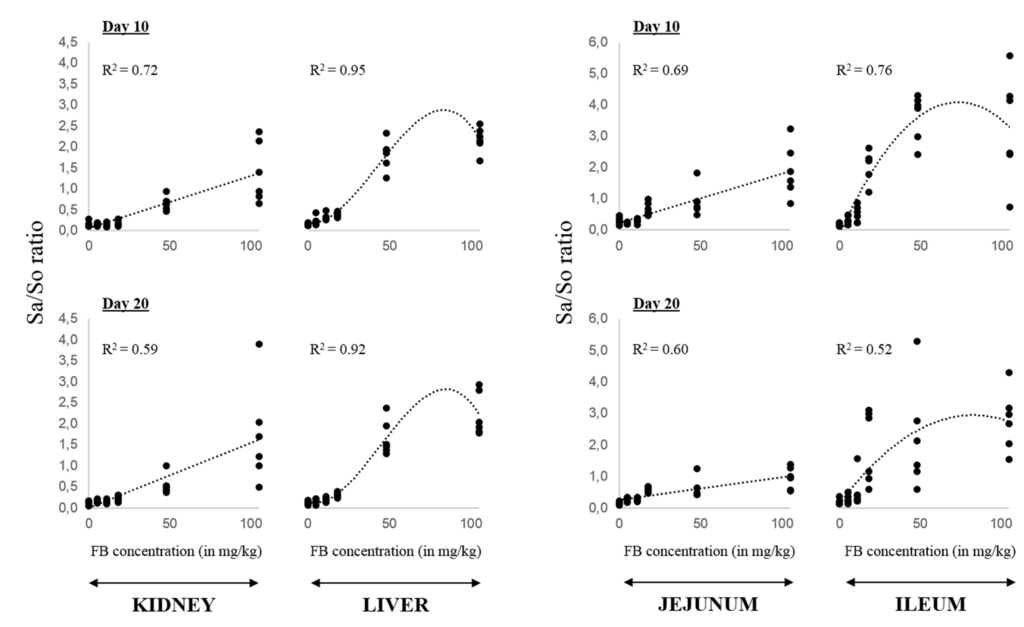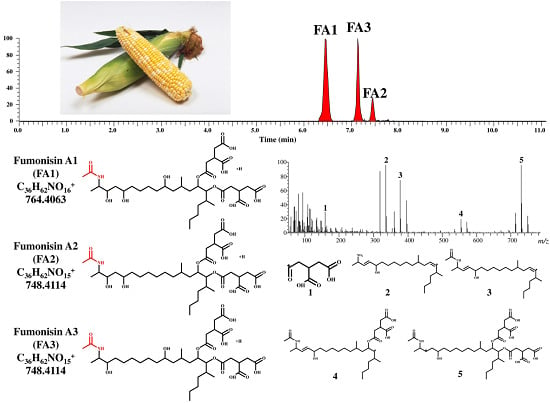Understanding Mycotoxin Occurrence in Food and Feed Chains
A topical collection in Toxins (ISSN 2072-6651). This collection belongs to the section "Mycotoxins".
Viewed by 541545Editor
Interests: understanding fungal behaviour in different ecological conditions; predictive modelling; decision support systems; omics support in understanding plant-pathogen interaction
Special Issues, Collections and Topics in MDPI journals
Topical Collection Information
Dear Colleagues,
Health risks related to mycotoxins have increasingly needed to be considered in recent years; research activity moved from monitoring mycotoxins and associated fungi, to using a system approach. The patho-system has, for example, been extensively studied in order to take advantage of powerful tools available for understanding host-fungi interaction and resulting metabolites. Increasing knowledge frequently leads to the discovery of where gaps need to be filled and the endless discovery of compounds and affected matrices show that new research is currently needed. Nevertheless, several steps have been taken to explain the occurrence of mycotoxins and this is crucial for mitigation actions and for minimizing human and animal exposure.
Prof. Dr. Paola Battilani
Collection Editor
Manuscript Submission Information
Manuscripts for the topical collection can be submitted online at www.mdpi.com by registering and logging in to this website. Once you are registered, click here to go to the submission form. All papers will be peer-reviewed. Accepted papers will be published continuously in the journal (as soon as accepted) and will be listed together on this website. The topical collection considers regular research articles, short communications and review articles. A guide for authors and other relevant information for submission of manuscripts is available on the Instructions for Authors page.
Please visit the Instructions for Authors page before submitting a manuscript. The article processing charge (APC) for publication in this open access journal is 2700 CHF (Swiss francs).
Keywords
- Field crops
- animal products
- host-fungi interaction
- mycotoxin dynamics
- mitigation






